
Caper - Plant
(MRP Inclusive of all taxes)
- Shipping ₹79 for entire order
- Dispatch in 7 days
- Country of origin: India

(MRP Inclusive of all taxes)
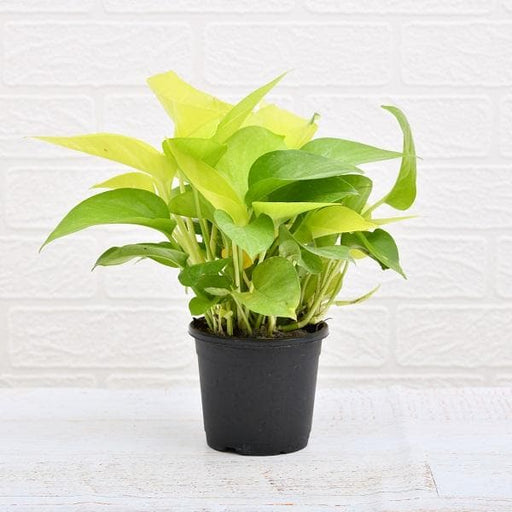 Save 29%
Save 29%
Air Purifier Money Plant with Pot The Air Purifier Money Plant, also known as Pothos or Epipremnum aureum, is a stunning indoor plant that...
View full details
 Save up to 15%
Save up to 15%
Peace Lily, Spathiphyllum - Plant The Peace Lily, scientifically known as Spathiphyllum, is a stunning houseplant celebrated for its elegant white...
View full details
 Save 25%
Save 25%
Jasminum sambac, Mogra, Arabian Jasmine - Plant Jasminum sambac, commonly known as Mogra or Arabian Jasmine, is a fragrant flowering plant...
View full details
 Save 18%
Save 18%
Combo Constituents Includes the Parijat Tree (Night-Flowering Jasmine), a culturally significant plant with fragrant flowers. Description The Pari...
View full details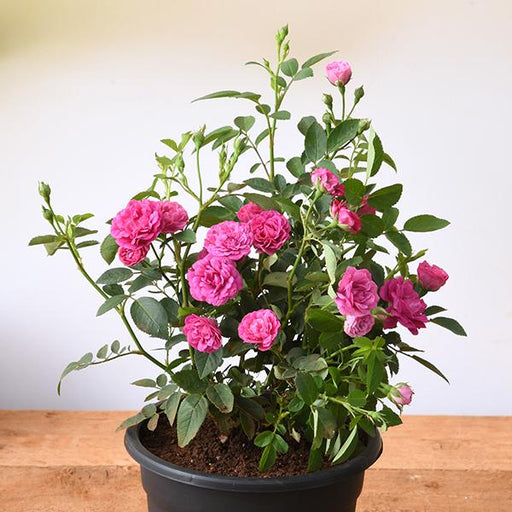
 Save 25%
Save 25%
Miniature Rose, Button Rose (Any Color) - Plant The Miniature Rose, also known as the Button Rose, is a charming and compact flowering plant that ...
View full details Save 25%
Save 25%
Damascus Rose, Scented Rose (Any Color) - Plant The Damascus Rose, also known as Rosa damascena, is a timeless symbol of beauty and romanc...
View full details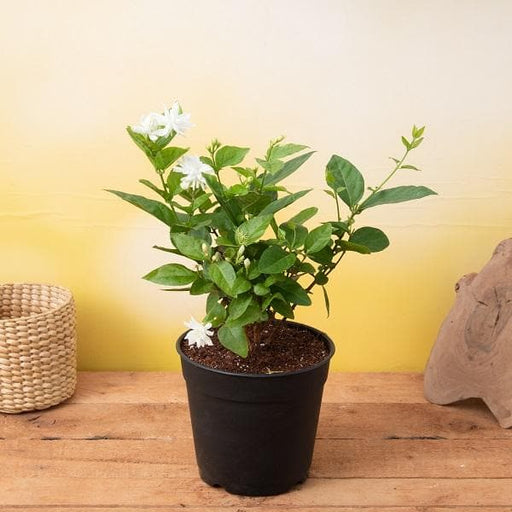
 Save 17%
Save 17%
Beautiful Fragrant Mogra, Arabian Jasmine Plant with Pot The Beautiful Fragrant Mogra, also known as Arabian Jasmine (Jasminum sambac), is...
View full details Save 15%
Save 15%
Pack of Vermicompost and Neem Cake for House Plants Transform your indoor garden with our premium Pack of Vermicompost and Neem Cake, spec...
View full details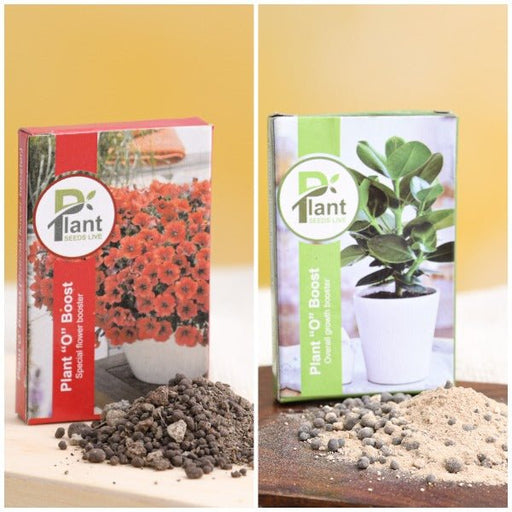
Pack of Plant Growth and Flower Boosters Unlock the full potential of your garden with our Pack of Plant Growth and Flower Boosters! This ...
View full details Save 38%
Save 38%
Combo of Jeevamrut and Neem Raksha for Easy Growth and Protection of Houseplants Transform your indoor garden with our exclusive combo of ...
View full details Save 22%
Save 22%
Plant Nutrients Kit (Pack of 16) for a Healthy Garden Transform your garden into a lush paradise with our Plant Nutrients Kit, featuring 1...
View full details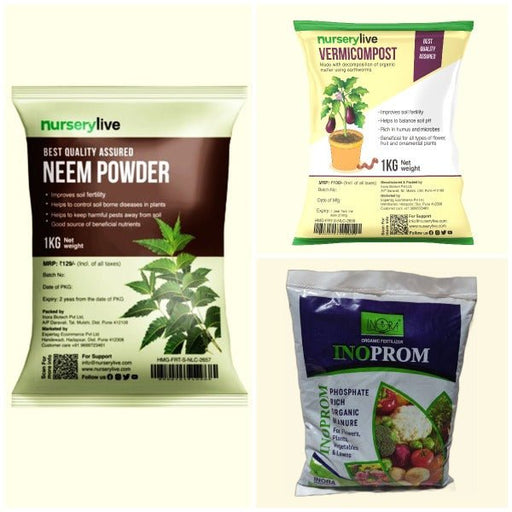 Save 16%
Save 16%
Combo of Top Plant Fertilizers Elevate your gardening game with our exclusive Combo of Top Plant Fertilizers, featuring two bags of premiu...
View full details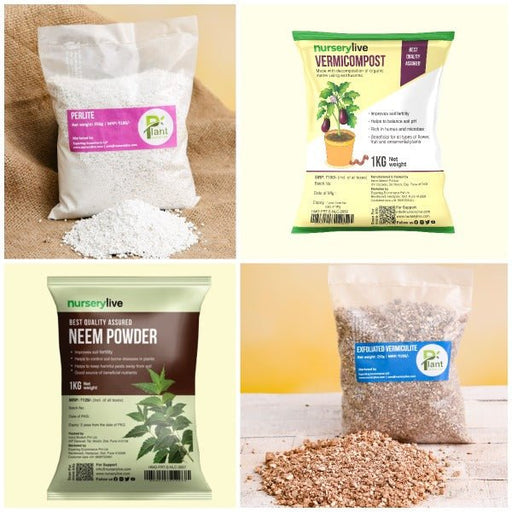 Save 24%
Save 24%
Pack of 4 Additives to Make Soil Healthy and Nutrient Rich Transform your garden into a thriving ecosystem with our Pack of 4 Additives de...
View full details Save 30%
Save 30%
Transform your gardening experience with our premium Combo of Perlite and Vermiculite. This unique blend is designed to enhance soil aeration and ...
View full details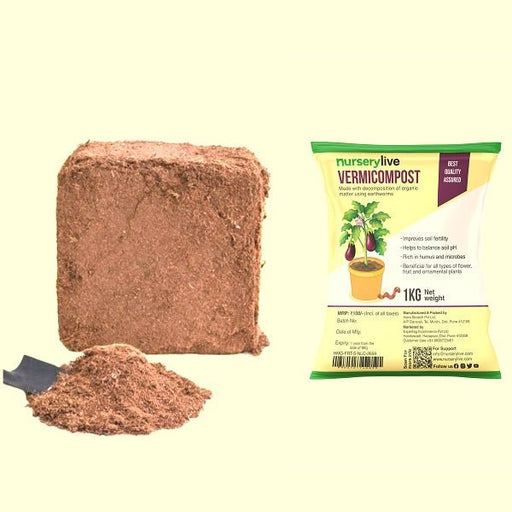 Save 27%
Save 27%
Combo of 2 Vermicompost and Cocopeat - Enrich Your Soil Naturally! Transform your garden into a thriving ecosystem with our Combo of 2 Ver...
View full details
 Save 35%
Save 35%
Best 6 Plants for Perfect Indoor Garden Transform your living space into a lush oasis with our curated collection of the Best 6 Plants for a...
View full details
 Save up to 50%
Save up to 50%
Mini Succulent Garden Pack Transform your space with our Mini Succulent Garden Pack, featuring a delightful collection of 4 any variety beautiful s...
View full details
 Save 30%
Save 30%
5 Best Fragrant Plants Transform your garden or indoor space into a fragrant paradise with our curated selection of the 5 Best Fragrant Plants. Th...
View full details
 Save 24%
Save 24%
Set of 2 Bonsai Looking Grafted Adeniums Transform your indoor or outdoor space with our exquisite Set of 2 Bonsai Looking Grafted Adenium...
View full details Save 45%
Save 45%
Top 4 Die Hard Succulents Pack Transform your indoor or outdoor space with our Top 4 Die Hard Succulents Pack, featuring a curated selecti...
View full details
 Save 30%
Save 30%
5 Best Indoor Plants Pack Transform your living space into a lush oasis with our '5 Best Indoor Plants Pack.' This carefully curated collection fe...
View full details
 Save 25%
Save 25%
Set of 4 Evergreen Air Purifier Plant Pack Transform your indoor space into a lush, green oasis with our Set of 4 Evergreen Air Purifier Pla...
View full details| SrNo | Item Name |
|---|---|
| 1 | Caper - Plant |
The Caper plant (Capparis spinosa) is a perennial shrub native to the Mediterranean region, renowned for its unique, tangy flower buds that are harvested and pickled to create the beloved capers used in culinary dishes worldwide. This hardy plant thrives in arid conditions, making it an excellent choice for sustainable gardening. With its vibrant white and pink flowers, the Caper plant not only adds beauty to your garden but also attracts pollinators, contributing positively to the ecosystem.
What makes the Caper plant special is its ability to flourish in poor, rocky soils, showcasing its resilience and adaptability. Historically, capers have been used since ancient times, valued not only for their flavor but also for their medicinal properties, including anti-inflammatory and antioxidant benefits. This plant is a symbol of Mediterranean cuisine, enhancing dishes with its distinctive taste while promoting biodiversity.
One of the standout features of the Caper plant is its low water requirement, making it an eco-friendly choice for gardeners looking to reduce their environmental impact. Additionally, its unique growth habit allows it to thrive in dry, sunny locations, making it an ideal candidate for xeriscaping and sustainable landscaping.
If you think capers are just fancy little green things on your plate, think again! These tiny buds pack a punch of health benefits. Rich in antioxidants, they can help fight inflammation and boost your immune system. Plus, they’re low in calories, making them the perfect guilt-free snack. Who knew that adding a sprinkle of capers to your dish could also sprinkle some health magic into your life?
Growing a caper tree is like raising a quirky child. They thrive in well-drained soil and love basking in the sun, but don’t drown them with too much water! Pruning is essential to keep them in shape, and they’ll reward you with a bountiful harvest. Just remember, patience is key; these little guys take their sweet time to grow.
Not all capers are created equal! From the classic Capparis spinosa to the lesser-known Capparis inermis, each variety has its own unique flavor profile. Some are tangy, while others are more mild. Exploring these varieties is like going on a culinary adventure, where every bite tells a different story.
If you’re looking to spice up your meals, capers are your secret weapon! Toss them into pasta, sprinkle them on salads, or blend them into sauces for an umami explosion. They’re the culinary equivalent of a surprise party—unexpected but oh-so-welcome!
Capers are the divas of the plant world; they prefer dry, sunny climates and well-drained soil. They’re not fans of frost, so if you live in a chilly area, consider planting them in pots that can be moved indoors. Give them the right conditions, and they’ll reward you with a flourishing garden.
Harvesting capers is like a treasure hunt! The best time to pick them is when they’re still tight buds, just before they bloom. Use a pair of scissors and snip them off with care. Just remember, the more you pick, the more they’ll grow—talk about a win-win situation!
Capers may be small, but they’re nutritional powerhouses! Packed with vitamins A, K, and E, they also contain minerals like iron and calcium. They’re low in calories, making them a guilt-free addition to your meals. Who knew that such tiny buds could be so mighty?
Every plant has its enemies, and capers are no exception. Watch out for aphids and spider mites, those pesky little critters that can wreak havoc on your caper tree. A little neem oil can go a long way in keeping these pests at bay. Protect your green treasure like a true guardian!
Capers love company, and the right companions can help them thrive! Plant them alongside herbs like rosemary and thyme, which not only complement their flavor but also deter pests. It’s like throwing a garden party where everyone gets along splendidly!
Want to spread the caper love? Propagation is the way to go! You can start new plants from seeds or cuttings. Just remember to give them plenty of sunlight and water, and soon you’ll have a caper family reunion in your garden.
Capers are the unsung heroes of the culinary world! They add a burst of flavor to dishes, elevating everything from salads to sauces. Whether you’re making a classic puttanesca or a zesty tapenade, capers are the secret ingredient that will have your guests begging for the recipe.
Capers have been around for centuries, gracing the tables of ancient civilizations. From the Romans to the Greeks, these little buds have been celebrated for their unique flavor and medicinal properties. So, when you enjoy capers, you’re not just tasting a delicious ingredient; you’re savoring history!
The caper plant, or Capparis spinosa, is a delightful shrub that produces those tangy little buds we love to pickle. Native to the Mediterranean, it thrives in sunny, dry climates. Think of it as the culinary diva of the garden, demanding attention with its unique flavor and charming white flowers.
Growing capers is like nurturing a rebellious teenager. They prefer well-drained soil and full sun, so plant them in a pot or a sandy patch. Water sparingly, as they despise soggy feet. With a little patience, you’ll be rewarded with those delightful buds that make your dishes sing.
Capers have a unique flavor profile that’s a delightful mix of tangy, salty, and slightly bitter. Imagine a tiny burst of briny goodness that elevates your pasta, salads, and sauces. They’re like the zesty sidekick in your culinary adventures, adding a punch that keeps your taste buds on their toes.
Absolutely! Caper leaves are edible and can be used in salads or as a garnish. They have a milder flavor compared to the buds, offering a subtle herbal note. Think of them as the understated cousin of the caper family, adding a touch of elegance without stealing the show.
Harvesting capers is a bit like a treasure hunt. Wait until the buds are still tight and green, then pluck them before they bloom. Timing is key; too late, and you’ll miss the magic. Once harvested, you can pickle them or use them fresh, but be prepared for a flavor explosion!
Yes, capers are not just a pretty face! They’re low in calories and packed with antioxidants, vitamins, and minerals. They can help with digestion and even have anti-inflammatory properties. So, while you’re indulging in that delicious pasta, you can feel a tad virtuous.
You can find capers in most grocery stores, usually lurking in the condiment aisle or near the pickles. If you’re feeling adventurous, check out specialty food shops or online retailers. Just remember, not all capers are created equal; go for the ones packed in brine for the best flavor!
To keep your capers fresh and zesty, store them in their brine in a sealed jar in the fridge. They’ll last for months, but good luck keeping them around that long! If you’ve got leftovers, just make sure they’re submerged in the brine to maintain their tangy charm.
Yes, you can grow capers indoors, but they’re a bit picky. They need plenty of sunlight, so a south-facing window is ideal. Use a well-draining potting mix and water sparingly. With the right conditions, you’ll have your own little caper factory right in your kitchen.
Capers are the culinary chameleons of the kitchen! Use them in pasta dishes, salads, sauces, or even on pizza. They add a delightful zing to fish and chicken, making them the perfect partner for Mediterranean cuisine. Get creative, and let those little buds shine in your culinary masterpieces!
Not quite! Caperberries are the fruit of the caper plant, while capers are the immature flower buds. Caperberries are larger and have a milder flavor, often served pickled or in salads. Think of capers as the spicy little siblings and caperberries as the more mature, laid-back cousins.
The best way to use capers is to embrace their boldness! Toss them into pasta dishes, sprinkle them on salads, or mix them into sauces for an instant flavor boost. They’re also fantastic in tapenade or as a garnish for fish. Just remember, a little goes a long way in the flavor department!